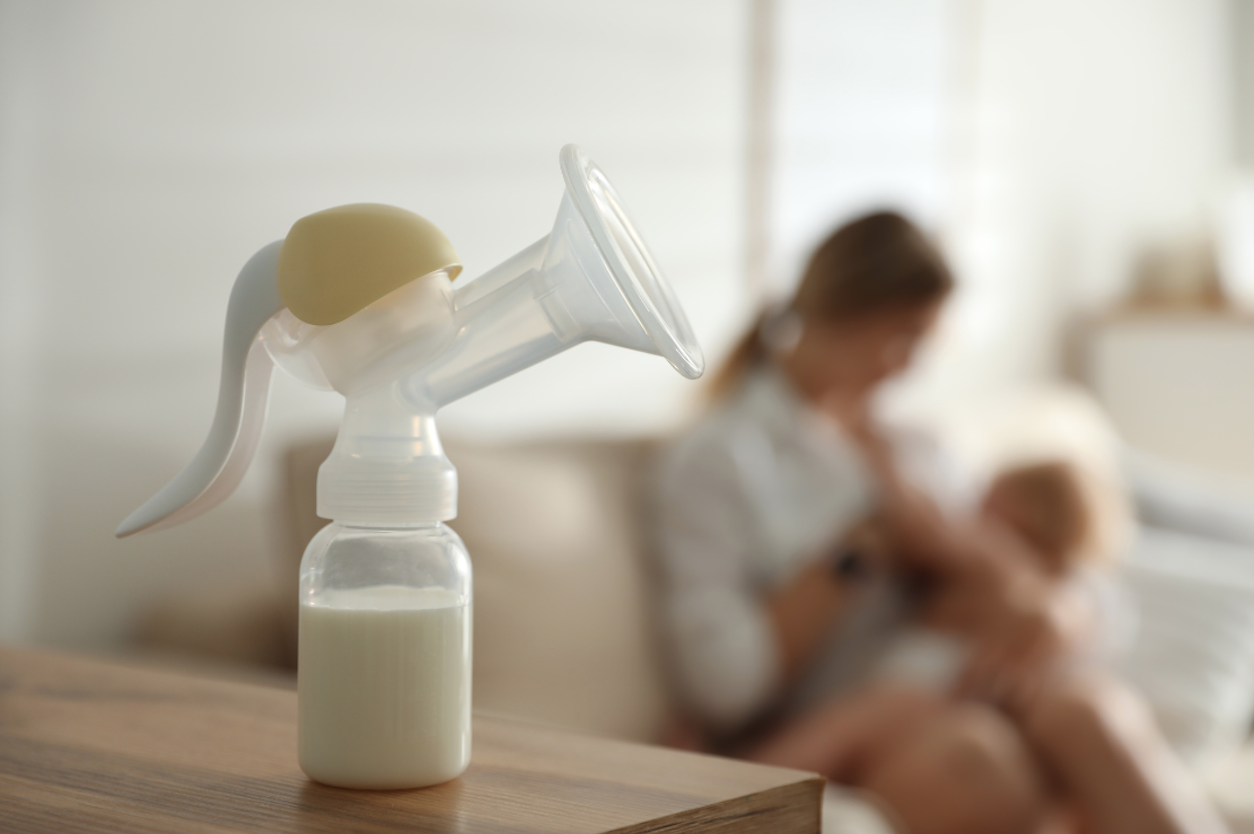
The question of pumping frequency while breastfeeding is a common query that arises during many of my consultations. Mothers often express concerns about pumping’s impact on their babies’ milk intake, fearing that pumping too close to a feed might lead to inadequate milk supply. In light of these concerns, I thought it would be beneficial to delve into this topic through a blog post, offering you a comprehensive guide to navigate the intricacies of breastfeeding and pumping.
At the same time, it’s important to note that providing an immediate answer can be challenging due to the myriad factors that come into play. Additionally, individualisation is crucial for each mother’s unique journey. While the overarching goal for most mothers might be pumping, individual motivations or aspirations differ, thus shaping distinct pumping routines.
In this blog, we’ll explore the significance of pumping, the diverse scenarios where mothers decide to pump, and as is customary, I’ll share my top six tips for successful pumping sessions.
Understanding the Importance of Pumping
Breastfeeding is a supply-and-demand process. Your body produces milk based on your how often your baby feeds at the breast. However, there are certain situations where pumping becomes essential.
Pumping allows you to maintain and increase your milk supply, store milk for times when you’re away, or if your baby has difficulty latching. It can also provide relief from engorgement in cases where your baby isn’t emptying your breast effectively or when you have an oversupply.
If your goal is to continue providing breastmilk to your baby, investing in a breast pump is a practical approach. While some pumps may seem expensive, if you consider the number of times you’ll use it over several months – it’s an investment that pays dividends.
Scenarios Where Pumping is Essential
While I always recommend breastfeeding as much as possible, I understand that not every mother can feed on demand and be with their baby for 24 hours a day. There are many reasons where pumping becomes crucial:
- Your baby struggles with latching or feeding directly from the breast.
- Your baby is premature or facing health challenges.
- You prefer offering breast milk but not feeding directly.
- You need to store some milk for times when you’re unavailable, i.e running errands or attending appointments.
- To increase your milk supply.
- To build a frozen milk stash before going back to work.
- To relieve engorgement or address issues like obstruction or mastitis.
- To donate milk to a milk bank.
- To maintain your milk supply while taking some medications incompatible with breastfeeding.

My Top 7 Tips for Successful Pumping
Pumping while separated from your baby poses its own set of challenges, from finding the right time and space to maintaining a relaxing environment. However, a few simple steps can maximize your pumping sessions and yield optimal results. Remember that no matter how good a breast pump is, it is never as effective as a baby.
1. Pump close to your baby: Talking, smelling or looking to your baby; if your baby is not with you, grab something that smells of them, reminds you of them, or look at some photographs.

2. Early morning pumping: Many mothers find their milk supply is highest in the morning, when babies tend to feed less, leaving breasts fuller.
3. Massage your breast before pumping: Gently massaging your breast before pumping stimulates the let-down reflex, facilitating milk flow.
4.Post-feeding pumping: Oxytocin levels peak around 30 minutes after feeding begins, making the following hour feeding an opportune time to pump.
5. Use the correct flange size: It’s very important to use the correct flange size, it will greatly affect the efficiency of your pumping session as I recently covered in this other blog. Also, for more information check my other blog about flange size.
6. Pump more frequently: More frequent, shorter pumping sessions are more effective than a prolonged session once a day. This approach helps prevent sore nipples and optimizes milk yield.
7. Double stimulation: Express milk from one breast while your baby nurses on the other, or use a double pump to enhance milk ejection reflex.

In summary, determining the frequency of pumping while breastfeeding can vary based on your individual circumstances and goals. Whether you’re pumping to maintain your milk supply, store milk, or balance work with breastfeeding, finding a suitable pumping schedule that works for you and your baby is key.
Remember that breastfeeding is a unique journey, and there’s no one-size-fits-all answer to how often you should pump. My best recommendation is to consult an International Board Certified Lactation Consultant (IBCLC) for personalized guidance. Their expertise will help you develop a tailored plan that aligns with your needs and aspirations, ensuring you and your baby experience the best possible breastfeeding and pumping journey.






